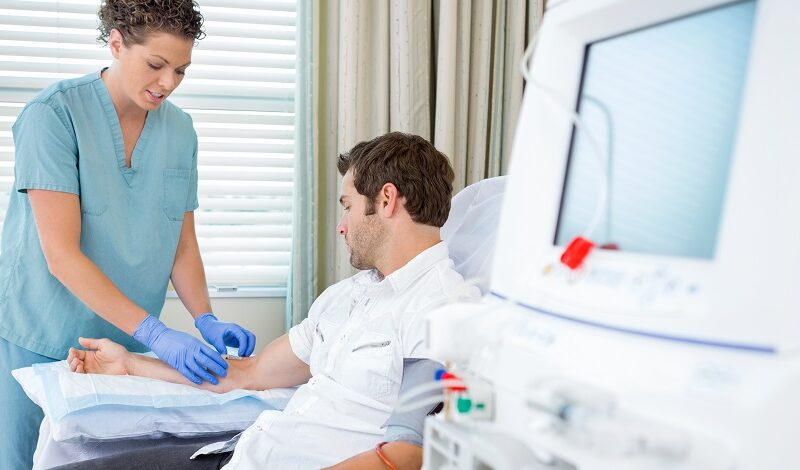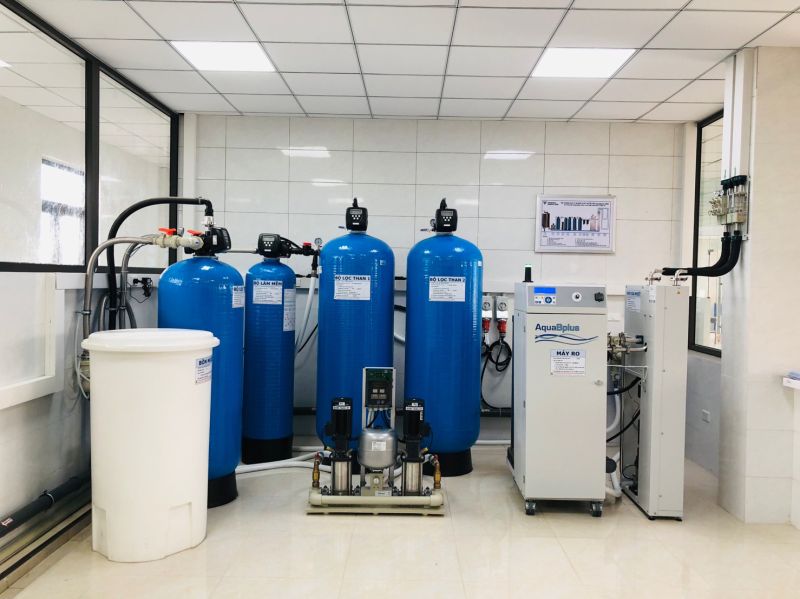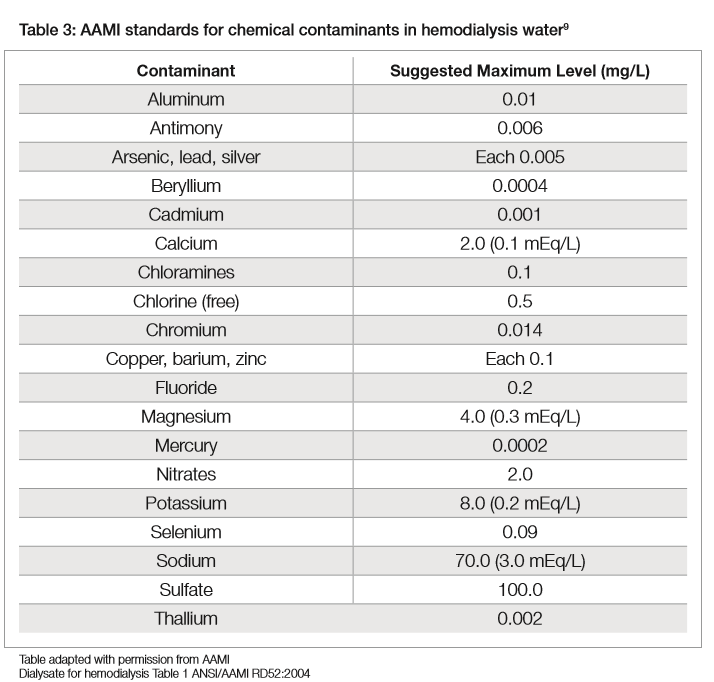
Hemodialysis is a life-saving treatment for individuals with end-stage renal disease (ESRD). The quality of water used in the dialysis process is a critical but often underappreciated aspect of ensuring safe and effective treatment. This document examines the reasons why water quality is essential for effective dialysis, addressing the implications of poor water quality and highlighting the critical parameters to monitor.

Hemodialysis is a vital medical procedure used to support individuals with ESRD by removing waste products and excess fluids from the bloodstream. Central to this process is the dialysis water system, which is responsible for preparing the dialysate, the fluid that comes into direct contact with the patient’s blood during treatment.

Water as a Dialysate
Water, in the form of dialysate, serves as the medium for solute exchange in hemodialysis. The general ratio for dialysate is A: B: RO water = 1: 1.83: 34. We can easily assume that in 4 hours of dialysis process with 500 ml/min dialysate flow about 120L RO Water has been consumed, and being in touch with patients. So, the quality of this water profoundly influences the safety and efficacy of the treatment. Several factors underline its importance:
1. Patient Safety
1.1. Microbiological Purity:
Water used in dialysis must be free from microbial contaminants, including bacteria and endotoxins. Any compromise in microbiological purity can lead to infection risks for patients with weakened immune systems.
1.2. Chemical Purity:
Chemical purity is crucial, as waterborne chemicals can negatively impact patients. Substances like chlorine or chloramine, if not effectively removed, can lead to oxidative stress and other health complications.
1.3. Bacterial Endotoxins:
Endotoxins, released from the cell walls of certain bacteria, are particularly concerning. Even minute amounts of endotoxins in the dialysate can trigger systemic inflammatory reactions in patients.
2. Regulatory Compliance
2.1. Clinical Standards:
Regulatory bodies and organizations like AAMI (Association for the Advancement of Medical Instrumentation) have established water quality standards for dialysis. Compliance with these standards is essential to maintain the safety and efficacy of dialysis treatments.
2.2. Accreditation Requirements:
Hemodialysis centers must adhere to strict water quality standards to obtain accreditation, and non-compliance can result in accreditation loss.


3. Dialysis Equipment Protection
Poor-quality reverse osmosis (RO) water can significantly affect a dialysis machine and, consequently, the dialysis treatment process in various ways:
3.1. Scale Buildup:
Low-quality water may contain minerals and impurities that can lead to scale buildup within the dialysis machine. These scales can accumulate in critical components, such as the water treatment system, dialysate preparation unit, or even within the dialyzer. Scale buildup can hinder the proper functioning of these components, affecting the accuracy of treatment and potentially causing machine malfunctions.
3.2. Equipment Corrosion:
Poor water quality can contain corrosive elements that may damage the dialysis machine’s internal parts over time. Corrosion not only shortens the lifespan of the equipment but can also introduce contaminants into the dialysate, potentially harming the patient.
3.3. Inaccurate Dialysate Composition:
Dialysis machines prepare dialysate by mixing water with a concentrate solution. If the incoming water quality is inconsistent or of poor quality, the resulting dialysate may not meet the required purity standards. This can affect the accuracy of treatment, as the dialysate’s composition plays a critical role in controlling solute and fluid removal.
3.4. Malfunction and Downtime:
Scale buildup, corrosion, or other issues related to poor water quality can lead to dialysis machine malfunctions and downtime. This not only disrupts treatment schedules but also necessitates costly repairs and maintenance.
3.5. Variability in Treatment:
Inaccurate dialysate composition, caused by poor water quality, can result in treatment variability. Patients may receive inconsistent treatments due to fluctuations in the dialysate, making it difficult to achieve stable clinical outcomes.
3.6. Safety Risks:
Contaminants in the water can pose health risks to patients. Bacteria, endotoxins, or other impurities in low-quality water can lead to infections and inflammatory reactions. This jeopardizes patient safety and well-being.
4. Mitigation Strategies
4.1. Water Treatment Systems:
Advanced water treatment systems such as reverse osmosis and deionization are commonly used to purify water. These systems remove impurities and maintain the desired water quality.
4.2. Routine Water Testing:
Frequent water quality testing is critical. This includes testing for microbiological purity, chemical purity, and endotoxin levels. Regular monitoring and maintenance of water treatment systems are essential.
4.3. Staff Training:
Personnel involved in hemodialysis must be well-trained in water quality management. Their awareness and competence in this area are vital to ensure consistent, high-quality care.
Conclusion
The quality of water used in hemodialysis is paramount for patient safety, equipment durability, and regulatory compliance. Poor water quality can result in serious health risks for patients and treatment inefficacy. Healthcare providers, regulatory bodies, and dialysis centers must prioritize water quality through advanced treatment systems, rigorous testing, and staff training to ensure the effectiveness and safety of this life-saving procedure.